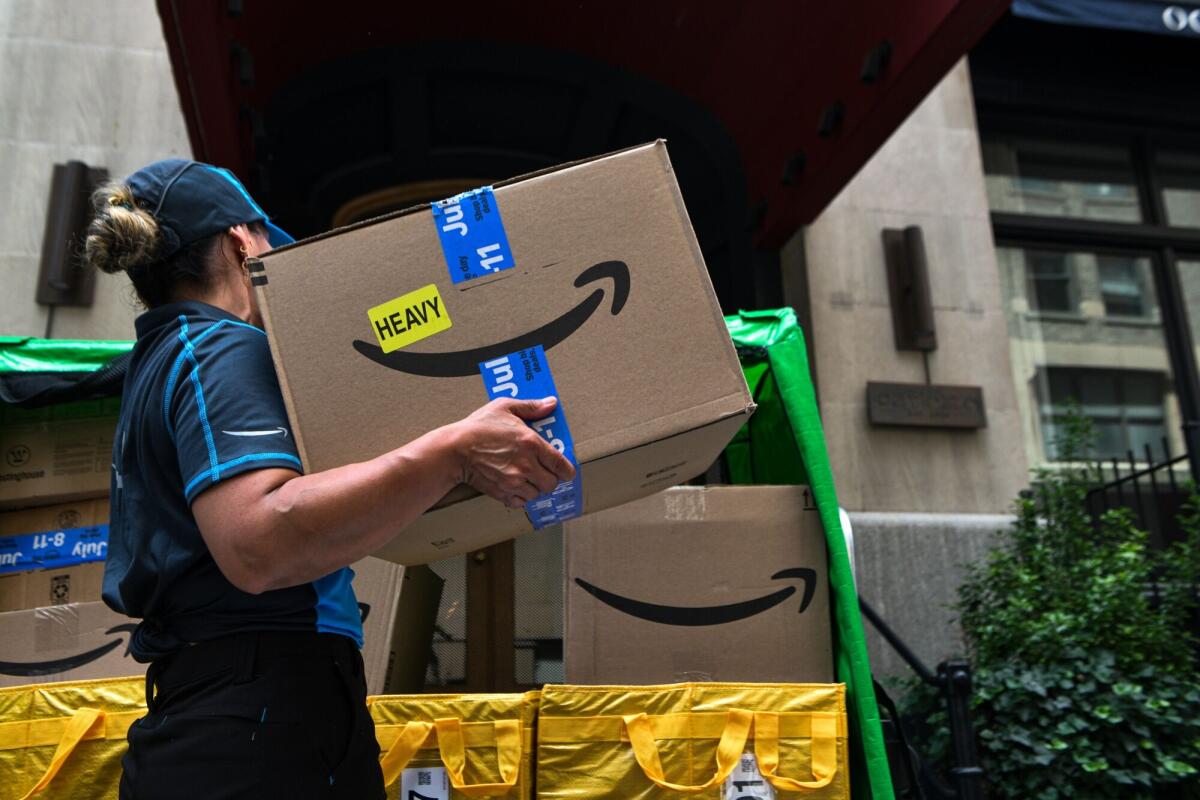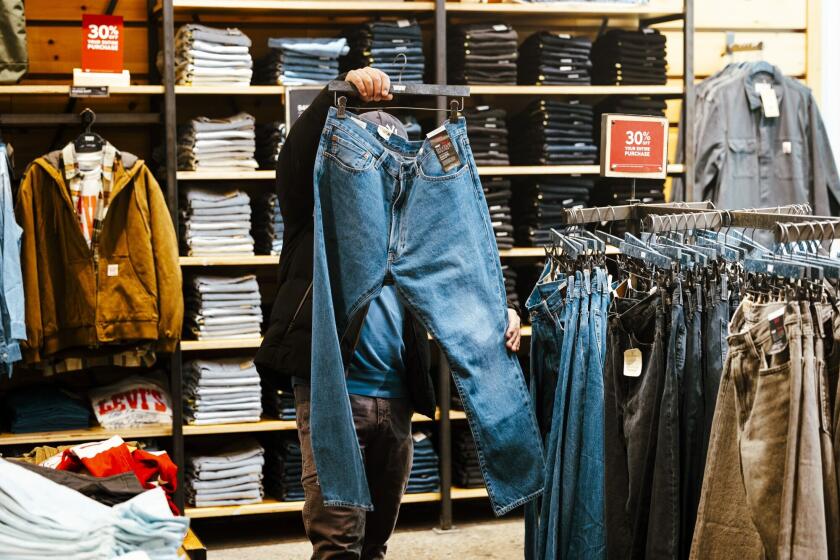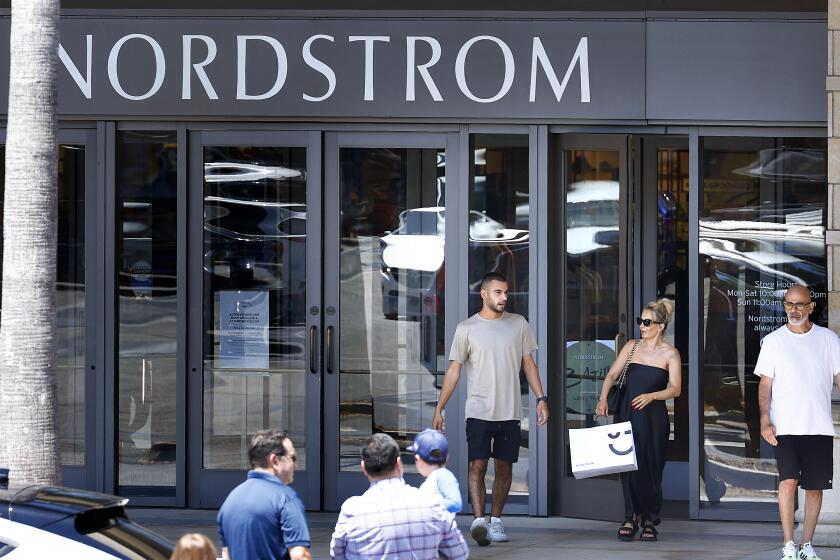Amazon Prime Day sales off 41% first day, brand advisor says

- Share via
Amazon.com took a big gamble this year by expanding its annual Prime Day summer sale to four days from two, betting the extension would give shoppers more time to navigate the millions of deals on its sprawling web store.
Some of the preliminary results are grim, raising the stakes for the event’s remaining days.
Momentum Commerce, which manages online sales for 50 brands in a variety of product categories and price points, said its Amazon sales plunged 41% on Tuesday when compared with the start of Prime Day last year.
The prolonged event has encouraged shoppers to do more “treasure hunting,” said John Shea, Momentum’s founder and chief executive officer. Consumers are browsing and loading up shopping carts, but postponing pulling the trigger in case better deals emerge. Shorter Prime Day sales generated more urgency because shoppers worried they’d miss the discounts, he said.
Momentum Commerce sales over the four days could still increase 9.1% compared with last year’s two-day event if more browsers make purchases in the final days, Shea said. Momentum manages sales on behalf of brands such as Crocs, Beats and Therabody massagers and generates about $7 billion in annual sales on Amazon, giving the company a broad view of Prime Day results so far.
“It all hinges on this four-day strategy being a success,” Shea said. “Amazon sacrificed a lot on Day 1. It’s a wildly unpredictable and uncertain year.”
“They extended Prime Day from two days to four days, so it’s unclear that there really is a dropoff in activity,” said Gil Luria, an analyst at D.A. Davidson & Co. “We’ll find out some when they report the quarter. But it’s very hard to pin down how well Prime Day has gone.”
After Bloomberg published this story, Amazon emailed a statement saying: “Typical of statements made by third-party consultancies that don’t have access to the actual data, these numbers are highly inaccurate.” The company declined to say how the numbers are inaccurate.
The annual event has emerged as a bellwether of consumer sentiment since President Trump’s trade war clouded the economic outlook. Tariffs as high as 145% on foreign imports were threatened and then delayed to allow time for negotiations, making it difficult to determine where prices will settle.
Amazon doubled the length of the annual sale because shoppers indicated they wanted more time to navigate the deals, Prime chief Jamil Ghani said Wednesday in an interview on Bloomberg Television. Shoppers gravitated toward “everyday essentials” like teeth-whitening strips, which is the fastest-growing category on Amazon, he said, adding that the company was “pleased by the engagement” and that it’s “very early.”
Shoppers focused on low-cost items on the first day, snatching up deals on dish soap, protein shakes and other pantry staples rather than splurging on televisions and gaming consoles. Almost two-thirds of items purchased on Prime Day cost less than $20, while just 3% cost more than $100 on the first day of the four-day sale, according to Numerator, which tracked more than 7,000 orders from 3,855 households.
“Consumers appear to be purchasing a greater number of items at a lower price point this Prime Day, with the average price per item slightly lower,” Numerator analyst Amanda Schoenbauer said. “However, with this year’s sale extended to four days, there is potential for Prime Day 2025 to break previous records.”
U.S. shoppers spent $7.9 billion online across all retailers on Tuesday, up 9.9% from July 16, last year’s first day of Prime Day, according to Adobe Inc., which expects spending over the four-day period to hit $23.8 billion. The Amazon sale overlaps with multiday sales offered by Walmart and Target, creating an online shopping frenzy.
“The halo effect of Prime Day this year on other retailers is more significant,” Shea said.
Soper writes for Bloomberg.
More to Read
Inside the business of entertainment
The Wide Shot brings you news, analysis and insights on everything from streaming wars to production — and what it all means for the future.
You may occasionally receive promotional content from the Los Angeles Times.










